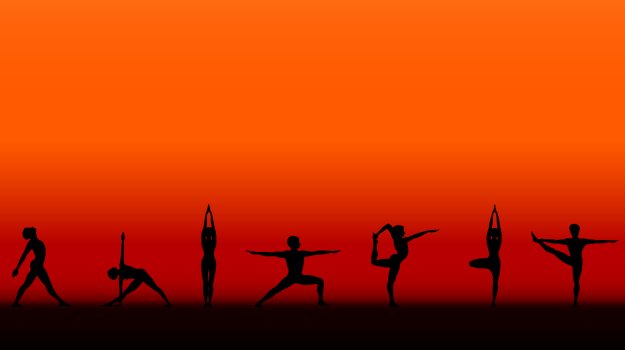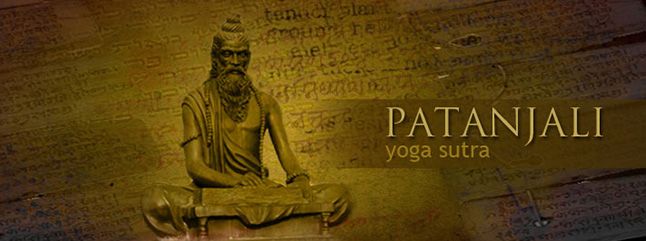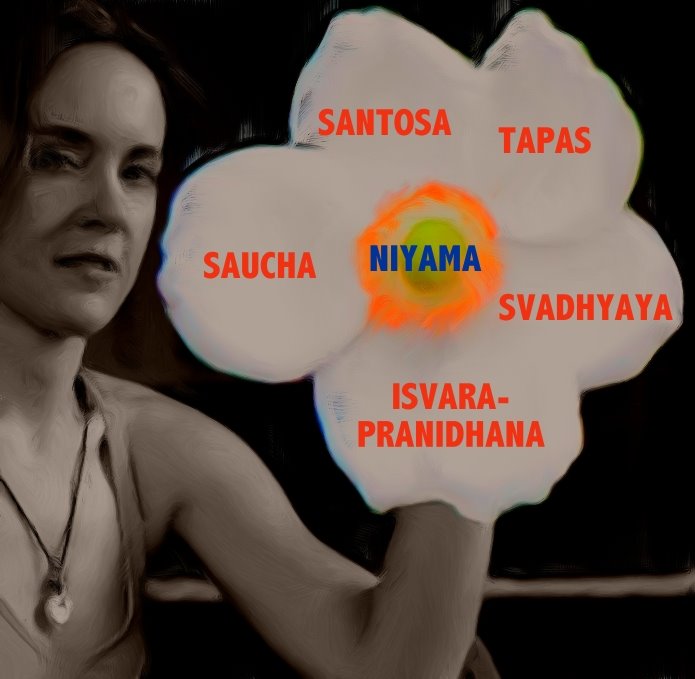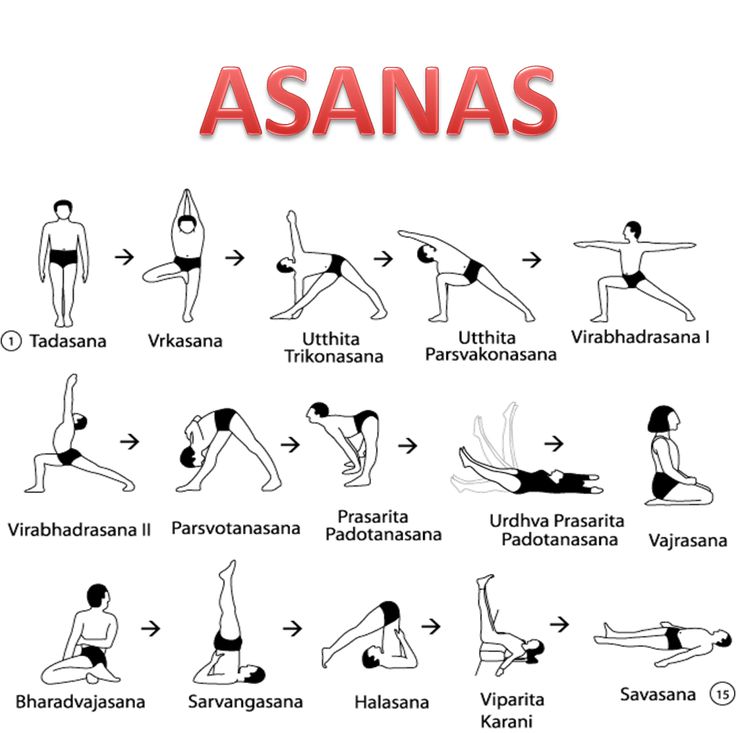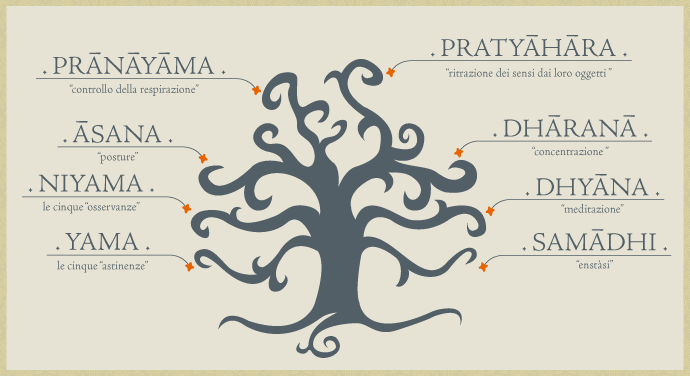- Home
- Yoga- branches
- Home ›
- Yoga ›
- Yoga Branches
yoga - branches
Yoga-branches:Yoga is classified into five branches.
- Karma yoga: This yoga mainly deals with people to act in right direction. It says that one has to perform action without expecting ny reward. Doing selfless activity is the main mantra of this yoga.
- Bakti Yoga: It says complete surrender of oneself to the supreme lord. This leads to purification of mind, body and soul. People who practice bakti yoga become mentally very strong and emotionally very stable.
- Jnana Yoga: This path is of knowledge and intelligence. This path is little difficult to follow as one has to do lot of compromises on the very basic characteristics of human nature like dealing with ego and to be more humble towards others.
- Kriya Yoga: Kriya means any action done by the person. This form of yoga helps to utilise the internal form of energy to attain control on body and mind.
- Hatha Yoga: Hatha yoga is another branch of yoga which gives importance to physical exercise to gain control on body and mind. Hatha is a Sanskrit word which means ‘force’. This yoga is mainly practised to bridge the gap between body and the highest conscious state of mind. Most of the asanas including surya namaskara starts with hatha yoga. This branch of yoga lays lot of emphasis on proper diet, proper breathing and proper way of doing the asanas.
Patanjali sutras of Yoga
Classifications of yoga into 8 limbs:
Patanjali sutras of yoga described 8 sutras of yoga which shows how to lead a meaningful life and remain happy throughout. Upon practising each one sutra it brings completeness in individual as they make a human directly connect to the divine.
- Yama: ( Restraint and moral discipline) This is the first sutra of yoga and a very important in human life. This sutra mainly deals with behavioural aspects and how we need to conduct in day to day life. There are five yamas namely
- Ahimsa (non violence)—it says be kind to all. And do not hurt anyone either physically or mentally.
- Satya (truthfulness)-- be honest and always speak truth.
- Asteya( non stealing)—do not steal that does not belong to you from others.
- Brahmacharya (control on senses)—plasticising brahmacharya makes us responsible to reach our goal. It suggests that we should not use our energy in hurting or harming others.
- Aparigraha(non possessiveness)— this yama ask all the human beings to let go the desires on the worldly immaterial things. This suggests us to be more generous in spreading of wealth, knowledge to all so as to keep world happy.
Niyama's of yoga
- Niyama: The second sutra that patanjali describes are called as Niyama which means ‘Rules’ or “laws”. Even this sutra like Yama contains 5 rules. These are not any asanas but they are prescribed so that one can attain contentment in life. The five niyamas are
- Saucha (purity): this is the first niyama of the yoga sutra. It says cleansing oneself both physically and mentally. The surroundings around us always reflects our mind. If our house is neat and clean then even our mind is clean from hatred, and bad thoughts. Bathing everyday keeps the outer part of the body clean. Practising pranayam asana everyday keeps the internal organs like lungs, nervous neat and clean. However it is very important to keep the mind clean from disturbing emotions of hatred, lust, passion, anger, greed.
- Santosa (happiness): finding happiness and contentment with what one possess in life is the second part of niyama. We should accept how life comes to us and understand that whatever happens has some purpose in life.
- Tapas (spiritual austerities): tapas is an act to keep body, mind in discipline manner. To burn away the impurities from mind, body and soul, tapas helps in cultivating strong self respect, discipline and confidence to face the world. Tapas help in burning all the unwanted desires which acts as a barrier in reaching our goal.
- Svadhyaya (self reflection): This is the third part of niyama. IT means self study. ‘Sva’ means ‘self’ and ‘adhyaya’ means ‘studying, practising’. Practising anything that shows the path of self awareness and self reflection is svadhyaya.
- Isvarapranidha( surrender to supreme): having faith in the divine and surrendering to him completely is Isvarapranidha. This sutra can be considered as most easiest as well as most difficult path to follow. We let go and surrender everything to the almighty and remain in peace. Having faith of supreme lord is having trust, confidence and believing on own self. Praying to God every day, thanking the almighty before having every meal are some method to surrender to almighty.
Asanas of yoga
Asanas: The third sutra is the Asanas. Different postures that are followed in
yoga are Asanas. It helps one to have a disciplined life by controlling his
mind and body. These asanas help us to connect to the nature and enjoy the beauty
of the nature. Certain asanas poses
challenge to the practiner to have control on his emotions, feelings. The
meditation helps to increase the concentration of the person. There are various
asanas both for physical and mental. One who follows these Asanas regularly
will not only attains physical stamina and power but also increases the
concentration power and get good control on mind and body.
Other important sutras of yoga
- Pranayama: (Breath Control) This is the most important sutra for controlling breath. This is the fourth sutra in yoga which helps in breathing disabilities and helps in respiratory problems. It can be said that the breath and mind are closely related. If one have control on his breath then he can have good control on his mind as well. This is the most important sutra which can be practiced every day at the beginning of the day. This sutra further leads to Pratyahara.
- Prathyahara: (control of senses) Sense organs play a vital role in the physical and mental development of any person. If one can get control on these senses then he can achieve a good control on his mind. This sutra basically deals with control of senses. This sutra is mainly withdrawal from these five senses. Prathya means withdraw. It is not that we withdraw from these senses it is the whole understanding on these five sense changes. It is just not taste, hear, see, touch, hunger. We can easily start meditating without the fear of feeling hunger. One who follows this and can get control on his senses, then it is not difficult for them to achieve any difficult task in life. A person who gets influenced by the external senses and sensations can never be satisfied or happy in life.
- Dharana: This is the sixth sutra of yoga which deals with concentration. It says if one is able to concentrate fully on what work they are doing then it is easy to have control on mind and body. Pranayama, Prathyahara and Dharana are interlinked to each other and if one is able to follow all three regularly then he can have good control on his mind, body and senses.
- Dhyana: (Meditation) The seventh limb is Dhyana or meditating. This is the continuation of Dharana and commonly called as meditation. Again this is the absorption of mind on any particular aspect. Best way of practising is if one get distracted while doing Dhyana then starting from the beginning is the best practice.
- Samadhi: This is the last stage or sutra of yoga. As one can practise dhyana and finally reaches the point of Samadhi, where one relinquishes from the word ‘I’. this helps us to see everything in the society equally without any disturbance and treat everyone equally.
Related topics
Update on coronavirus in India
Affiliate Disclosure:
If you make any purchase via a link on this site, I may receive a small commission with no added cost to you.
